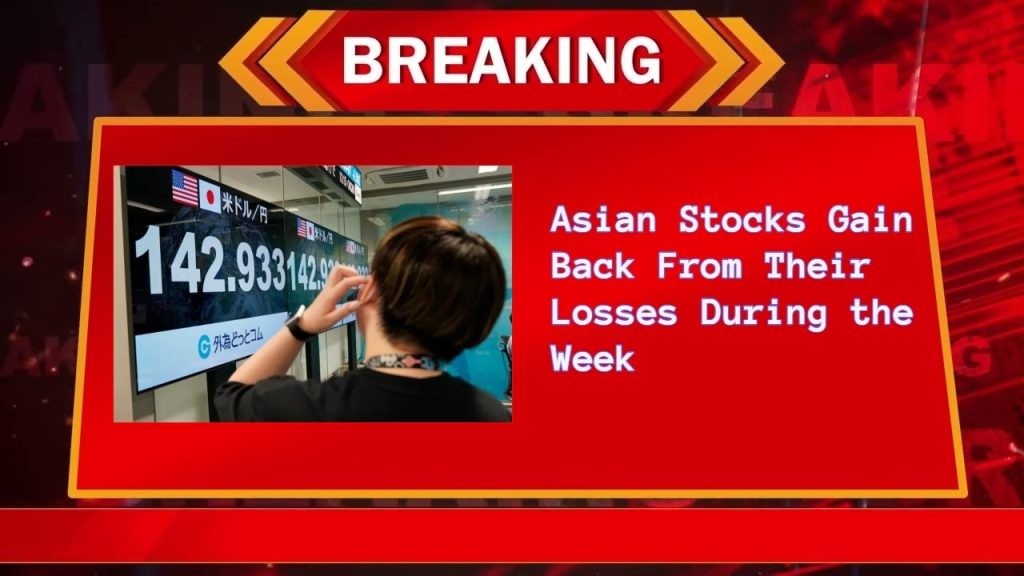The most recent US inflation data increased expectations that the Federal Reserve will be able to implement its much-anticipated interest rate decrease in September, which caused stocks to rise and bond yields to decline.
Data revealed that the producer price index increased less than anticipated just a day before the consumer inflation report was released. The personal consumption expenditures price index, the Fed’s favored inflation metric, had relatively mild categories in the PPI data.
Gains in the biggest technology businesses in the globe drove a 1.5% increase in the S&P 500. Shorter maturities propelled the move in treasuries over the curve. The value of the dollar dropped.
Risk On
“Markets looking for stability received more evidence of cooling inflation,” Morgan Stanley’s Chris Larkin at E*Trade stated. In an effort to recover from its largest decline of the year, the stock market is likely to appreciate the lower-than-expected number.
Price pressures have subsided, which has increased Fed officials’ confidence that they can begin cutting borrowing costs and return their attention to the labor market, which is beginning to slow down more.
President of the Federal Reserve Bank of Atlanta Raphael Bostic reiterated that he will probably be prepared to lower rates “by the end of the year” but stated he needs “a little more data” before endorsing one.
According to a 22V Research survey, 52% of investors anticipate a “risk-on” response from the market following Wednesday’s consumer price index release.
Great Rotation
The yield on the Treasury 10-year dropped six basis points to 3.85%. Swap dealers factored in a rate decrease of approximately 105 basis points for 2024 as well as a nearly 40 basis point Fed cut in September. Oil stopped rising for five days.
Dan Wantrobski of Janney Montgomery Scott states that investors are celebrating “disinflationary data—not for its signaling of a slowing economy here in the US—but to solidify improving liquidity conditions ahead via the much anticipated rate cuts starting presumably in September.”
Remarkably, with the most recent PPI, the disinflationary data that set off the “great rotation” last month is no longer having the same impact. Tuesday’s results show that big tech is beating small caps, as indicated by the exchange-traded funds that track the Nasdaq 100 (QQQ).
Significant Pressure
Concerns over exorbitant prices during a period when the US economy is beginning to show some signs of contraction propelled tech stocks to the forefront of the most recent meltdown in the world financial markets.
Despite the selloff over the previous month, Chris Montagu of Citigroup Inc. stated that US technology stocks are still under “significant pressure” and that investor positioning is still extended on the positive side. Montagu stated, “There will be significant pressure on these long positions on any negative economic data.” “That could then magnify any short-term downward movements from here.”
Last week, for the first time in over a month, BofA clients were net buyers of US equities, buying up shares amid the sell-off and subsequent rebound.
According to Jill Carey Hall, institutional investors led the $5.8 billion net buying of US equities, while hedge funds and individual investors sold their holdings. Technology and communications services saw the biggest inflows both for the week and year to date, according to her analysis of sector data.

